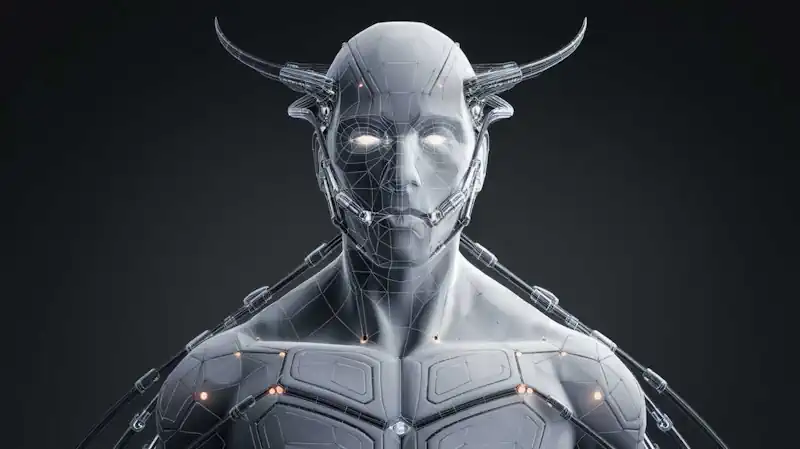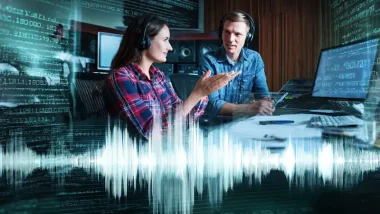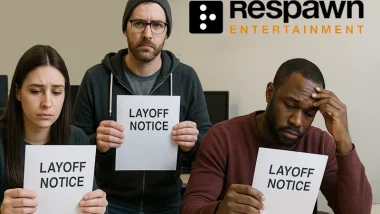In a development that could significantly alter how American game studios approach character animation, Uthana has raised $4.3 million in funding to build technology that promises to eliminate tedious animation workflows.

The investment comes as U.S. game developers increasingly seek solutions to streamline production processes amid rising development costs and consumer expectations for more dynamic, responsive character movement.
Breaking free from animation constraints
The funding round was led by IA Ventures, with additional backing from several prominent American tech investors, including Andreessen Horowitz’s Speedrun fund, Acequia Capital, Cursor Capital, HustleFund, MetaVision, and JonesTrauber. This diverse coalition of investors signals growing confidence in AI’s potential to disrupt traditional animation pipelines across the American gaming industry.
To celebrate the investment, Uthana has launched an open beta of what it describes as a “groundbreaking platform for 3D character animation, designed to revolutionize the animation and game development industry.” The company’s core promise is particularly relevant to American indie developers who lack access to expensive motion capture facilities that larger studios rely on.
How AI could democratize animation tools
According to Uthana, game developers “will no longer be constrained by pre-set animation loops or extensive manual rigging.” Instead, the company envisions a future where “motion will be an organic part of game design, responding fluidly to environments, story progression, and user behavior” – addressing a long-standing challenge for U.S. developers trying to create more responsive and naturalistic character movement.
The company claims its “state-of-the-art” AI can generate animations in “minutes, not hours or days,” using simple prompts through text-to-motion or video-to-motion interfaces. Developers can also access Uthana’s motion library, which allows “natural language queries to search the company’s collection of over 10,000 motions” – functionality that parallels the text-to-image generation tools that have already transformed concept art workflows at American studios.
Accessibility in animation technology
“Our mission is to ‘beat a visual Turing test’ for human motion, creating truly lifelike animations,” said Viren Tellis, co-founder and CEO of Uthana. “Generative AI has the potential to transform how animators and game developers work, by removing tedious tasks like keyframing and the time and expense of motion capture, which is not accessible to many game developers. We believe this will unlock creativity across the industry.”
This accessibility angle could prove particularly significant in the U.S. market, where the gap between AAA studios with extensive motion capture facilities and independent developers working with limited resources continues to widen. Technologies like Uthana’s could potentially level the playing field, allowing smaller American studios to create more sophisticated character animations without massive infrastructure investments.
What does this mean for the future of game development?
“Our ambition is to bridge the gap between reality and digital expression,” Tellis added. “In the coming years, we see AI-driven motion revolutionizing how we interact with virtual characters, pushing the boundaries of immersion, realism, and emotional storytelling.”
For American game developers already navigating rapid technological change, Uthana’s platform represents yet another example of how AI tools are reshaping creative workflows. While questions remain about how these technologies will impact animation jobs and artistic control, the potential to eliminate time-consuming technical barriers could allow developers to focus more on creative expression and less on technical implementation.
As generative AI continues to evolve in the U.S. tech landscape, tools like Uthana’s may signal a fundamental shift in how games are made, potentially democratizing sophisticated animation capabilities that were once the exclusive domain of the industry’s largest and most well-resourced studios.

